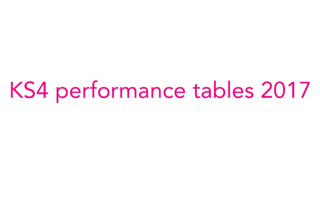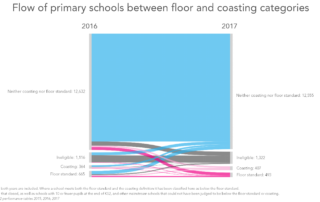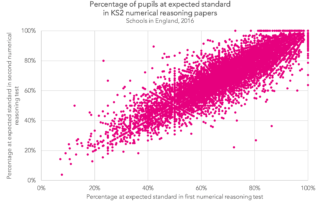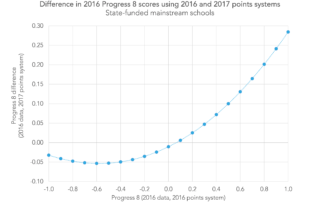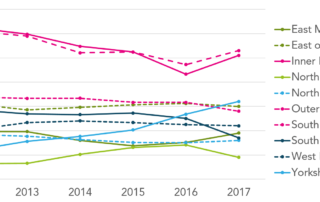KS4 performance tables 2017: Everything we know about coasting schools and floor standard schools
The first table in this post was updated at 17.42 on 25 January 2018 after we noticed – of all things – that percentages in the table did not add up to 100. We very much regret the error. Key Stage 4 league tables – performance tables, to use their proper name – have been published this [...]



